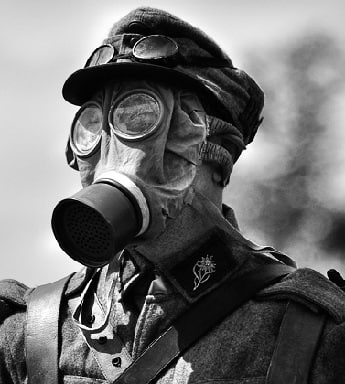

She worked in Pau at the foot of the Pyrenees as the head nurse and there she described treating the wounded soldiers so that they could return to the front: “If they are not so badly wounded we bring them back and heal them and send them forward again to the firing line that they may go through this agony once more- but such is the ….bravery of these ordinaryFrench men.” 4 The idea of triage had been solidified in the American Civil War but nurses had to experience the idea of conserving the strength of the Army by first treating those who could continue the fight – something counterintuitive to nursing school lessons.Īmerican reserve hospital units had been established across the nation in 1916, affiliating civilian hospitals with the Army.

Vashti Bartlett sailed to France with the American Red Cross in March 1915 shortly after the outbreak of WWI. These forces had already been actively working in France for three years and had 900 or 1000 patients in each hospital. Some of these nurses returned to France again with the Red Cross or with the ANC in 1917- 1918 when America officially entered WWI. American nurses also sailed to France with the American Red Cross “Mercy Ship” expedition in 1915. 5įrom 1914-1916 American civilian nurses volunteered with the American Ambulance Service in Paris and as nurses at a French Army field hospital in Belgium. At this same time, there were 8,000 nurses in the nursing service reserves of the American Red Cross. The Corps was small (403 nurses on active duty and 170 reserve nurses). The Army Nurse Corps (ANC) was established in 1901 and was seventeen years old at the time the U.S. Position of views of the Department of Defense, U.S. Those of the authors and do not necessarily represent the official Which featured medical care in World War I. June 2014 issue of the French journal Soins: La revue de référence infirmière Staff, US Army Medical Command, San Antonio, Texas, was written for the Historian of the Office of Medical History, Office of the Chief of MS, Army Nurse Corps Historian and Sanders Marble, PhD, Senior Naval History and Heritage Command Photograph.Contributions of the U.S. Image: NH 124118: Staged exhibit for training purposes in France, 1918. Note, Germany signed the protocol in April 1929. In May 1926, France became the first signatory to sign the Geneva Gas Protocol, which condemned the use of chemical and biological weapons in war. Marine officers and enlisted men were subjected to chemical attacks.

Sibert, USA, to lead the Chemical Warfare Service in May 1918. Pershing, USA, appointed Major General William L.

Marines and Naval personnel serving in the areas, the service men were trained in the use of gas and the effects on the body. On the skin, the chemicals led to blisters and burns. Inhaled, it led to respiratory problems and eventually internal bleeding. Within hours of contact, the chemicals would affect the eyes, causing blindness. Marines, Sailors, and Nurses serving in the front-line area was chemical warfare.


 0 kommentar(er)
0 kommentar(er)
